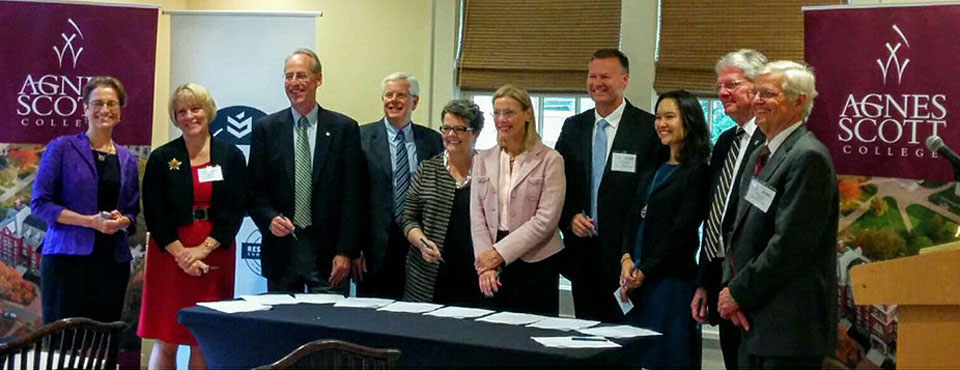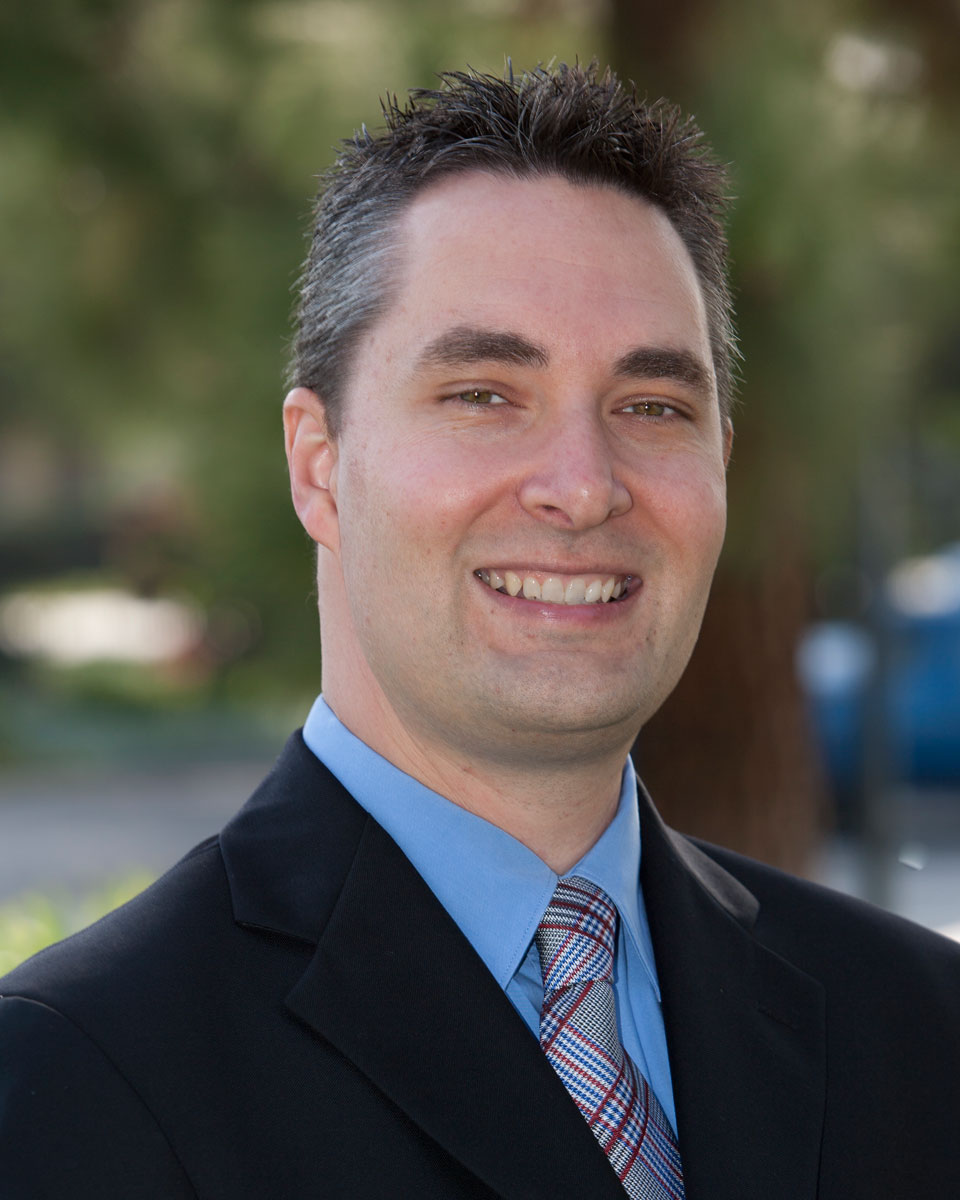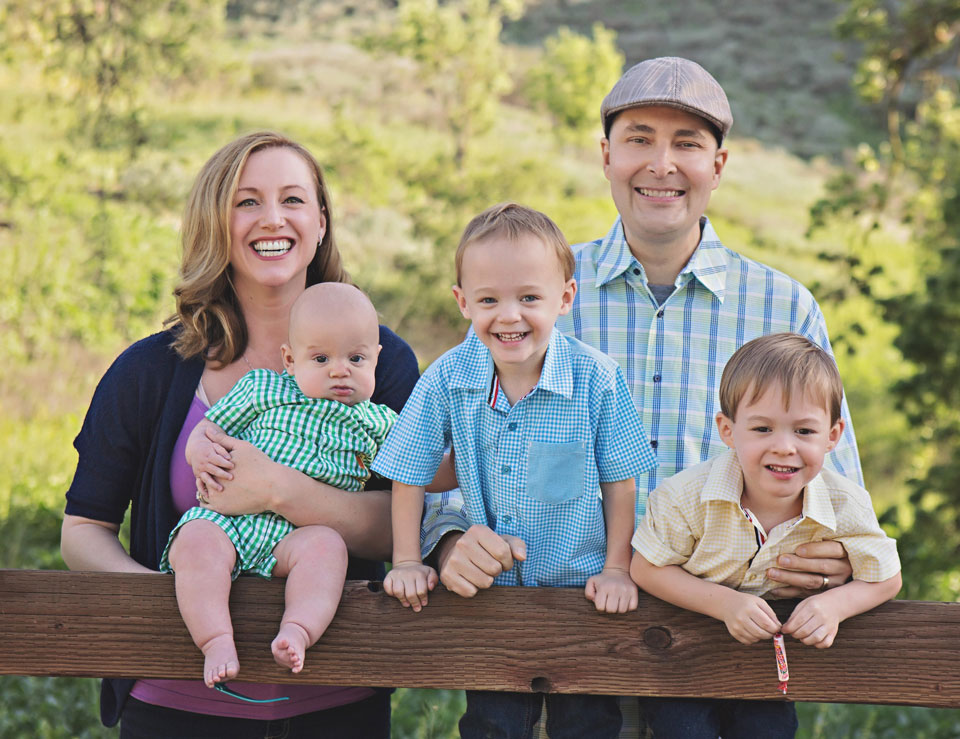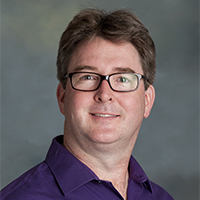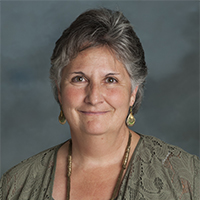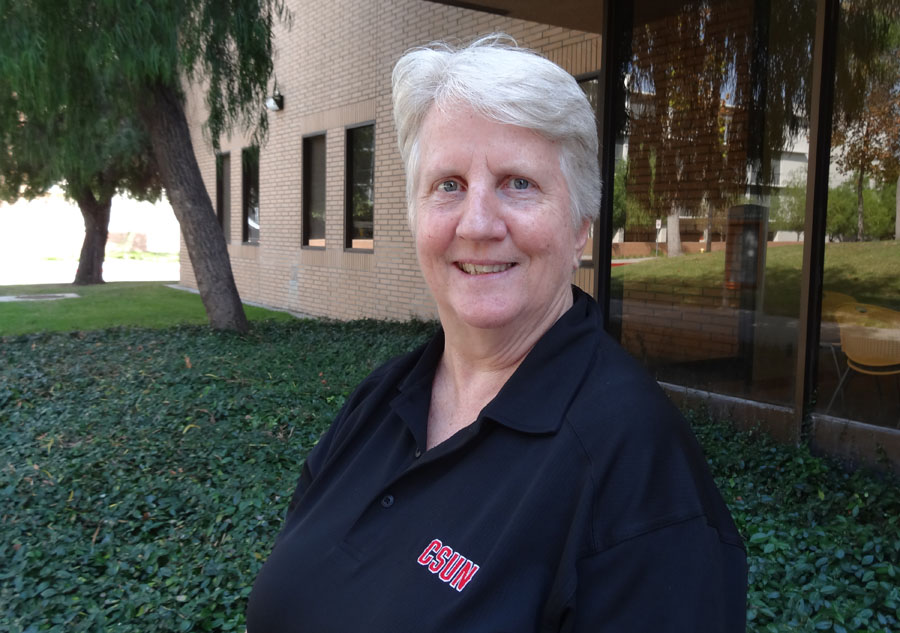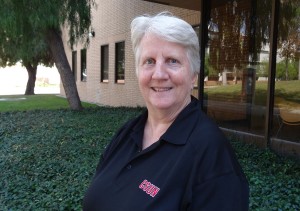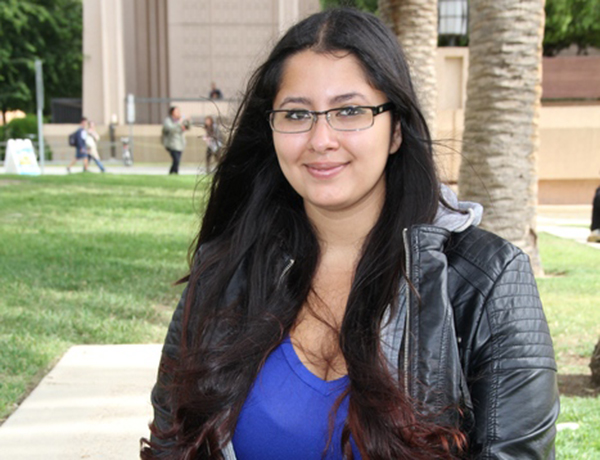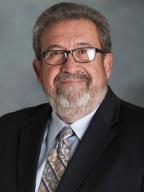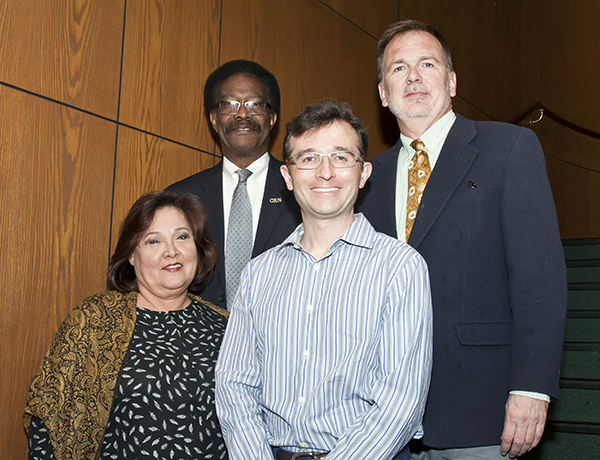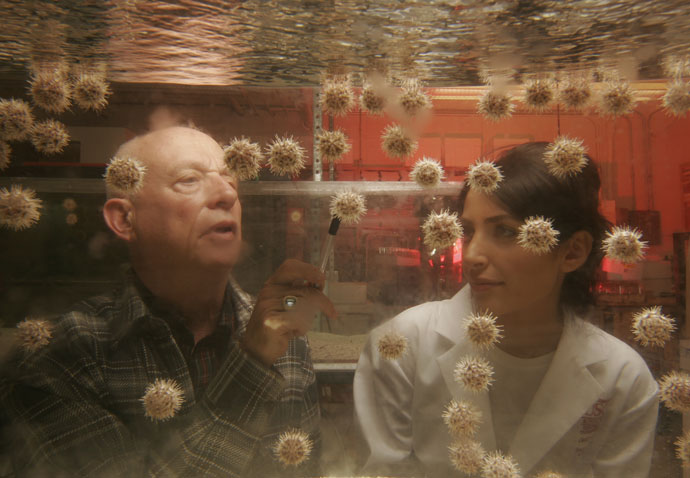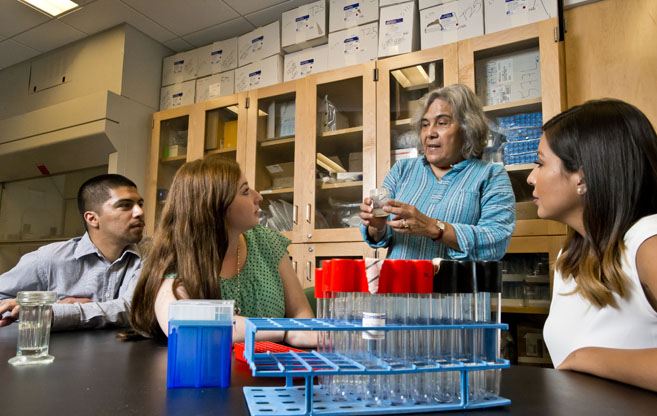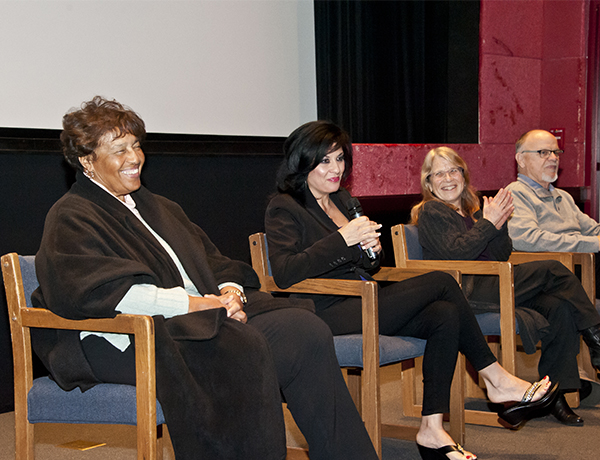![]()
Months of planning, deliberating and discussion led to the 20th annual Student Research and Creative Works Symposium, showing off some of the best and brightest work that California State University, Northridge has to offer.
Students from every college and background came together in the University Student Union’s Northridge Center to present their research on a number of topics, ranging from solutions to the obesity epidemic and ways to help those living with autism, to the relationship between the Los Angeles River and the federal government.
The event began with students presenting their research to a panel of judges, faculty members and representatives from other organizations. The judges evaluated the content and delivery skills of the students, and the top entries were honored at a ceremony later in the day.
The second part of the symposium was a gallery with posters lining the walls, produced by students participating in various research programs. Visitors were free to walk around and admire the students’ hard work, as well as interact with the students presenting on a more personal level. There was a huge crowd, and the room was packed as students, faculty, and guests walked through the aisles. Assistant Vice President of Graduate Studies Maggie Shiffrar spoke in admiration after talking to each of the presenters.
“There was a young man, and his presentation was impeccable,” Shiffrar said. “Afterward, I asked him what doctoral program he intended to go to, because he was a doctoral-caliber student. It turned out that he was an undergraduate junior. It’s just phenomenal. You have faculty talking about how much they’re learning — these students are upping the bar for all of us. If I could do a cartwheel, I would.”
The accessibility of the symposium allowed other students to learn from one another and become inspired by their peers, Shiffrar said.
“Students can see people with whom they can relate, who look like them, talk like them, from the same background, and they see them doing world-class research,” Shiffrar said. “That changes conversations, because a conversation is no longer, ‘Some people can do cutting-edge research, but I’m not one of those people.’ That’s the beauty of this event. It turns that entire framework on its head, and the conversation becomes, ‘Wow. Look at what my peers are doing. I can do this.’”
Hedy Carpenter, associate director for research programs at CSUN, said she was impressed by how much the symposium had grown since it began.
“This symposium has come a long way,” Carpenter said. “When it first started 20 years ago, we had about 70 participants in total, and today we have 192. We’re even thinking about renting more space and spreading it over two days to accommodate all the projects.”
As Shiffrar took a moment to absorb the talent of the CSUN students on display at the symposium, she was overcome with excitement.
“These are all people who are using their smarts to make the world a better place, and that’s the best thing there is,” she said.
Here is a summary of all the honorees at the symposium:
10-Minute Presentations
Session 1
College of Social and Behavioral Sciences
First Place
Holly Gover, Graduate, Department of Psychology
“Teaching Functional Play Skills to Preschoolers with Developmental Disabilities”
Second Place
Michele Zamora, Undergraduate, Department of Political Science
“Federalism and the LA River: National Government and Local Water Resource Management”
Session 2
College of Science and Mathematics
First Place
Kevin Kossick and Alex Schultz, Undergraduate, Department of Chemistry and Biochemistry
“N,N-diarylbenzimidazolium Compounds”
Second Place
Eric McDonald, Graduate, Department of Geological Sciences
“Basin Analysis and Detrital Zircon Geochronology of the El Paso Mountains: Permian Stratigraphic Sequence”
Session 3
College of Health and Human Development/Michael D. Eisner College of Education
First Place
Amy Edwards, Graduate, Department of Educational Leadership and Policy Studies
“Gender in Higher Educational Leadership”
Second Place
Eugenne Rivas, Undergraduate, Department of Health Sciences
“Text You Later: Preliminary Results of a Texting and Driving Health Education Program”
Session 4
Mike Curb College of Arts, Media, and Communication/College of Humanities
First Place
David Stamps, Graduate, Department of Journalism
“Entertainment Media’s Perception of SNS Use Among Teenagers”
Second Place
Hsiao-Hsien Shen, Graduate, Department of Music
“Chopin Piano Concerto No. 1 in e minor, Op. 11”
Mrinalini Watson, Graduate, Department of Linguistics
“An Examination of Inter-Generational Language Transfer in the Marwari Speech Community of India”
Session 5
College of Science and Mathematics
First Place
Sarah Merolla, Graduate, Department of Biology
“Effects of Ocean Acidification and Water Flow on Calcification for Different Morphologies of Coralline Algae”
Second Place
Barbara Weiser, Graduate, Department of Biology
“Estuary Opening Effects on Population Connectivity of California Killifish”
Session 6
College of Science and Mathematics
First Place
Andrea Haberkern, Graduate, Department of Biology
“Spider Form and Function: Foraging Guild, Morphology and Performance”
Second Place
Nickie Cammisa, Graduate, Department of Biology
“Genotypic Variation in Response to Mutualists and Drought in an Invasive Plant”
Session 7
College of Science and Mathematics
First Place (tie)
Malachia Hoover, Graduate, Department of Biology
“Identification of a Novel Cripto/MyosinII Interaction that Promotes Stem Cell Mediated Tissue Regeneration”
Justin Molnar, Graduate, Department of Biology
“Quantification of the Metastatic Potential of HER2 Positive Breast Cancer Using the Chorioallantoic Membrane Assay”
Second Place
Sa La Kim, Undergraduate, Department of Biology
“The Role of ITGA1 in Pancreatic Cancer”
Session 8
College of Science and Mathematics
First Place
Eliana Ochoa-Bolton, Undergraduate, Department of Biology
“BMP Signaling Patterns Dorsal Interneuron Populations Throughout Spinal Cord Development”
Second Place
Stephanie Kennedy, Undergraduate, Department of Biology
“Regulation of Tumor Necrosis Factor Alpha-induced Protein 8 and Its Association with B-Cell Lymphomas”
Session 9
College of Science and Mathematics
First Place
Bobby Teng, Undergraduate, Department of Biology
“Characterization of TBX5 Cardiac Progenitor Cells Derived from Human Embryonic Stem Cells”
Second Place
Osvaldo Miranda, Undergraduate, Department of Biology
“Developmental Genes Regulate Stress-Induced Sleep in C. elegans“
